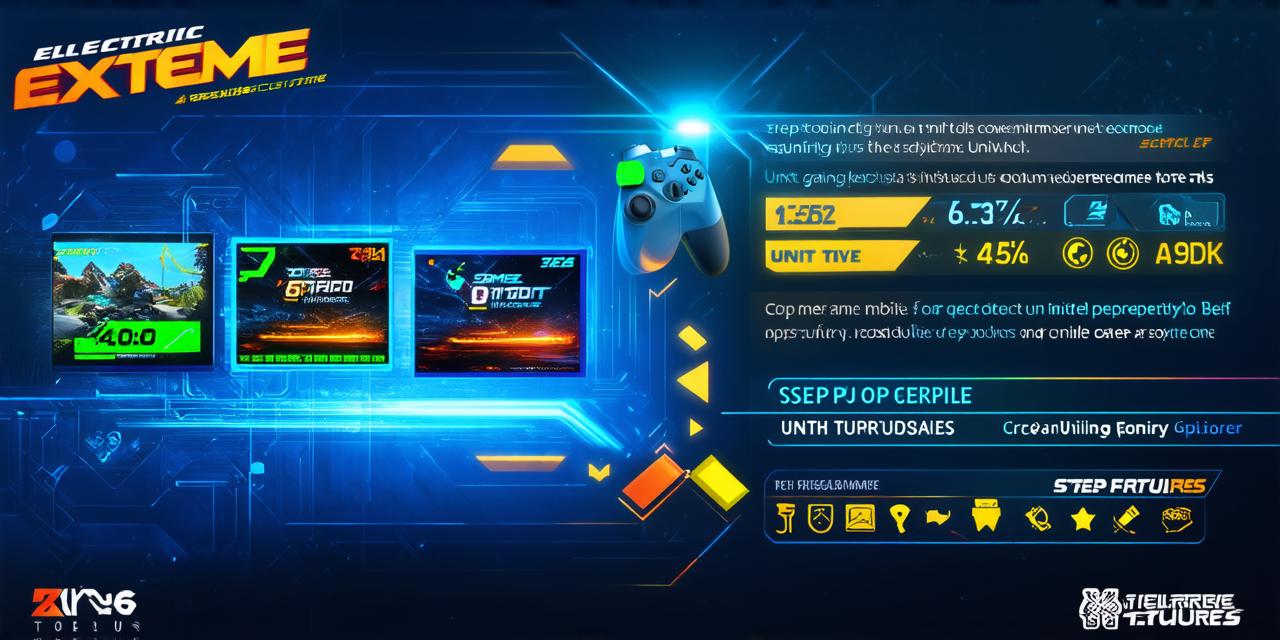
If you’re an aspiring mobile game developer, you’ve probably heard of Unity…
Getting Started with Unity
Before diving into the process of creating a mobile game, it’s important to familiarize yourself with Unity and its features. Here are some key steps to get started:
- Download and install Unity from the official website: Unity.
- Once installed, open Unity and create a new project. You can choose a template that best suits your needs, such as 2D or 3D game templates.
- Familiarize yourself with the Unity interface. It’s important to understand how to navigate through menus and use various tools to create your game.
- Start by creating a basic scene, which includes adding objects, setting up lighting, and applying textures. You can also import pre-made assets into your project to speed up development.
Creating Your Game’s Art Assets
Art assets are an essential part of any game, and creating engaging art is key to making your game stand out. Here are some tips on how to create art assets for your mobile game:
- Keep the art style consistent throughout the game. This will help create a cohesive look and feel that players can easily recognize.
- Use high-quality textures and sprites that are optimized for mobile devices. Low-resolution graphics can make your game look pixelated on smaller screens.
- Consider using animation to bring your characters to life and make the game more engaging. Animations can also help convey story and emotion in your game.
- Test your art assets on different devices to ensure they look good and work well across a range of screen sizes and resolutions.
Programming Your Game’s Logic
Now that you have your art assets set up, it’s time to start programming the logic for your game. Here are some key steps to create a basic game:
- Create a script that will control the behavior of your game’s objects. This could include things like moving characters, detecting collisions, and managing scorekeeping.
- Attach the script to the object in your scene that it should control. For example, if you have a character sprite, you would attach the script to that sprite.
- Test your game’s logic by running it in Unity and making sure everything works as expected. You may need to tweak the script or adjust objects in your scene to get things just right.
- Once you have a basic game working, you can start adding more complexity, such as levels, enemies, and power-ups.
Optimizing Your Game for Mobile Devices
When creating a mobile game, it’s important to keep in mind the limitations of mobile devices. Here are some tips on how to optimize your game for mobile:
- Keep the game simple and easy to control with a finger or thumb. Complex controls can be frustrating for players on small screens.
- Use minimalistic graphics that don’t require a lot of processing power. High-resolution graphics can slow down the game on older devices.
- Limit the amount of data the game requires to download and run. Large files can take a long time to download and may cause issues for players with slower internet connections.
- Test your game on different devices to ensure it works well across a range of screen sizes, resolutions, and processing power.
Real-Life Examples of Mobile Games Built with Unity
There are countless mobile games built with Unity, but here are a few examples to inspire you:
